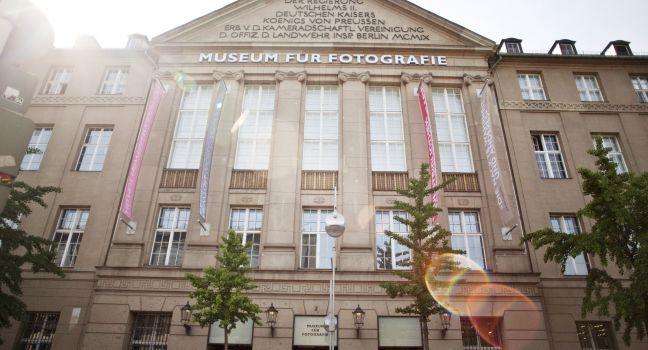Berlin Zoological Garden and Aquarium Berlin
There are more than 20,000 animals to see here, and more varied species than any other zoo in Europe, including many that are rare and endangered, which the zoo has been successful at breeding. The animals' enclosures are designed to resemble natural habitats, though some structures are ornate, such as the 1910 Arabian-style Zebra House. Pythons, frogs, turtles, invertebrates, Komodo dragons, and an amazing array of strange and colorful fish are part of the three-floor aquarium. Check the feeding times posted to watch creatures such as seals, apes, hippos, penguins, and pelicans during their favorite time of day.






